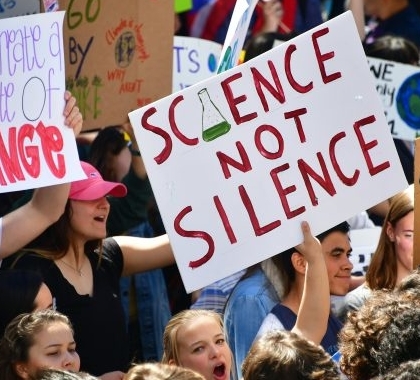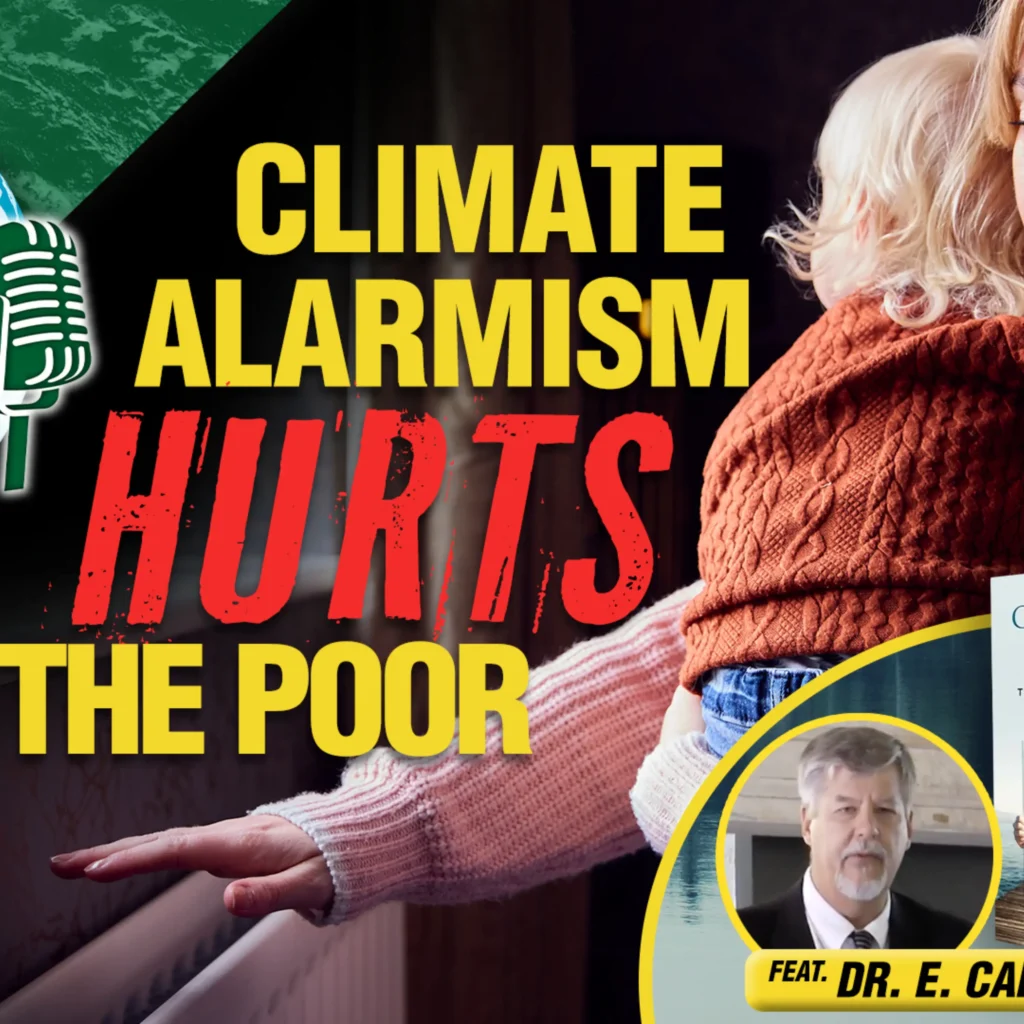Climate models’ projections are notoriously inaccurate and often contradictory. In an effort to improve the science used by regulatory agencies, the Trump administration has made, and is still making, adjustments in the way the Environmental Protection Agency (EPA) and other agencies approach climate change and make the predictions that drive climate policies.
Not everyone is pleased, to put it mildly.
New York Times reporters Coral Davenport and Mark Landler recently published another article in a long series of editorials (and jeremiads) posing as news items, claiming the Trump administration is undermining the science used to guide regulations in general and climate science in particular.
“Now, after two years spent unraveling the [environmental] policies of his predecessors,” they wrote, “Mr. Trump and his political appointees are launching a new assault.”
They continued: “In the next few months, the White House will complete the rollback of the most significant federal effort to curb greenhouse-gas emissions, initiated during the Obama administration.”
“And, in what could be Mr. Trump’s most consequential action yet, his administration will seek to undermine the very science on which climate change policy rests.”
And what is this “science” the president seeks to supposedly undermine? Climate models.
“As a result, parts of the federal government will no longer fulfill what scientists say is one of the most urgent jobs of climate science studies: reporting on the future effects of a rapidly warming planet and presenting a picture of what the earth could look like by the end of the century,” Davenport and Landler wrote.
Future Effects
Interesting concept: “reporting on the future effects.” One might be forgiven for thinking that reporting is supposed to describe things that have actually happened. It’s not entirely clear how one can report on something that hasn’t happened and may never happen.
What the Trump administration is actually doing is limiting climate model projections to the year 2040—20 years in the future.
Climate models have routinely overestimated future warming and other climate changes, and the further one looks into the future, the less reliable any predictions will be. That’s not just true of climate models; it’s true of all econometric models.
Congressional Budget Office (CBO) econometric models often overestimate the negative impact of tax increases and underestimate the positive impact of tax cuts, even though the CBO usually predicts just 10 years into the future.
Climate models, as with models used by every other discipline, are beset by basic problems, including inadequate or missing information, poorly understood parameters, and assumptions filling in for nonexistent data. The result is projections about the future being tentative in the extreme and needing correction in light of new data, the discovery of previously unknown facts, or improved understanding of facts or relationships.
Small initial errors are magnified exponentially over time—meaning the farther out in time models’ projections are from the starting point, the less reliable they are.
Climate modelers can’t know what they don’t know. There are likely geological, chemical, and biological factors—forcing mechanisms, in the words of climate scientists—and basic physical interactions that modelers are unaware of and therefore can’t account for.
To be sure, climate models do attempt to account for many of those factors. But many unknowns remain. Even the U.N.’s Intergovernmental Panel on Climate Change (IPCC) acknowledges climate models’ limits. Each successive IPCC report contains graphics listing the myriad factors the organization believed, at that time, influenced climate, a range of temperature forcing for each factor (positive and negative), and a rating for how well science understands each of the features that influence temperatures (from well understood to poorly understood).
From greenhouse gases, to clouds, to volcanic activity, to the sun’s impact, the various factors scientists believe affect climate and the degree or direction of said climate influence has changed repeatedly with each report. New factors have been added and factors considered in earlier reports as impacting climate have been dropped from one report and on occasion relisted as a forcing mechanism in a subsequent report.
One constant in all these reports, however, is that scientists admit to poorly understanding the mechanisms and extent to which half to three-quarters of each of the factors influence climate change.
Feedback Mechanisms
A second problematic feature of climate models is the assumptions they make about “feedback mechanisms”—the physical responses of the climate to additions of greenhouse gasses to the atmosphere. Each of the dozens of climate models makes assumptions about how different physical mechanisms and features of the earth’s climate system respond to rising greenhouse gas concentrations.
The problem is, most of the warming predicted by the models is driven by the assumptions made about climate responses or feedback loops, yet none of these assumptions have been verified by actual data. Indeed, one thing common to the most commonly used climate models is they uniformly overstate the amount of warming the earth has experienced as greenhouse gas levels are increased.
More Accurate Models
Simple models, which just use the known physics concerning heat-trapping potential of various greenhouse gases, but don’t make assumptions about physical responses that enhance warming, much more accurately track measured temperatures than models including assumptions about feedbacks. The simple models indicate only a modest, certainly not dangerous, amount of warming from human emissions of greenhouse gases.
However, the IPCC, other government agencies, and environmental groups eschew the use of more-accurate but less-alarming simple models.
The point here isn’t whether climate change is occurring; it’s whether climate change models accurately predict future changes.
Environmentalists believe they do and are pushing for radical policy changes that would dramatically disrupt if not devastate the economy and the U.S. standard of living, based on questionable long-term climate predictions.
By contrast, the Trump administration is following the science, accepting what mainstream reporters deny: The future of the economy and country is far too important to be based on inherently weak, demonstrably flawed climate models.
[Originally Published at the Epoch Times]






